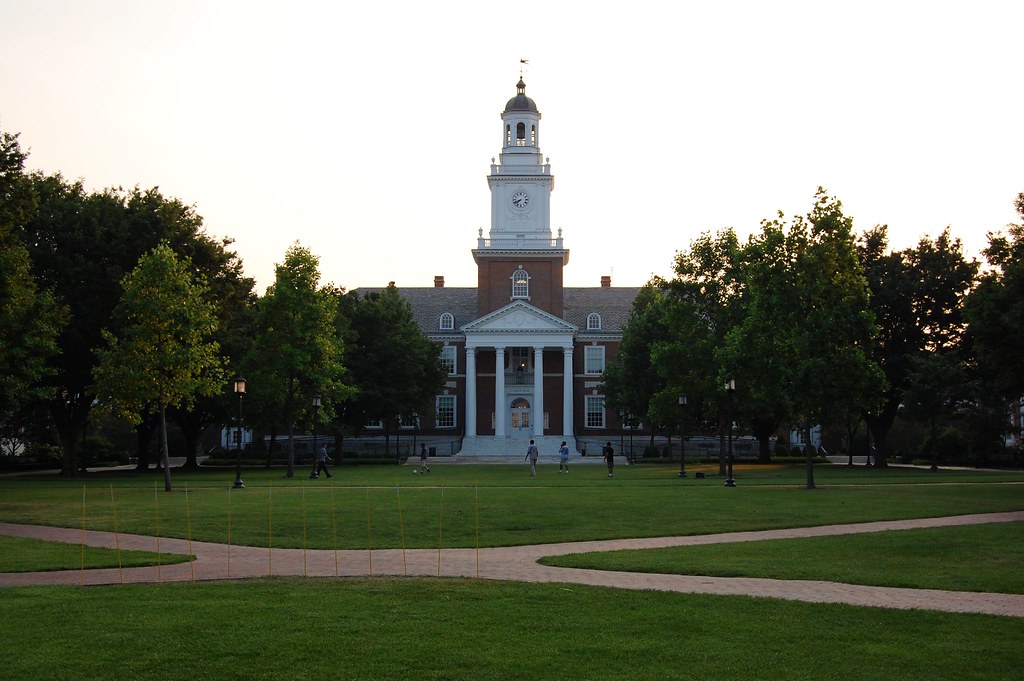Decline of Violent Crime/Homicides Continued in 2014
 |
| Metropolitan Police Dept. of the District of Columbia (MPD) Patrol Car, Washington D.C. Photo Credit: Joe Flood via Flickr |
 |
| New York Police Dept. (NYPD) Officer and Patrol Car, New York City Photo Credit: Jay Miller via Flickr |
 |
| NYPD Precinct Times Square, New York City Photo Credit: Tony Fischer via Flickr |
Below is a table listing the frequencies and rates of violent crime and homicide in the Mid-Atlantic's largest cities in 2013 and 2014:
| City | Population | Violent crime |
Rate /100,000 | Murders 2013 | Rate /100,000 | Murders 2014 | Rate /100,000 |
| Baltimore, MD | 622,671 | 8,725 | 1,401.2 | 233 | 37.4 | 211 | 33.9 |
| Newark, NJ | 278,246 | 3,516 | 1,263.6 | 112 | 40.3 | 93 | 33.4 |
| Buffalo, NY | 258,789 | 3,249 | 1,255.5 | 47 | 18.2 | 62 | 24.0 |
| Pittsburgh, PA | 307,632 | 2,259 | 734.3 | 45 | 14.6 | 71 | 23.1 |
| Washington, D.C. | 646,449 | 7,880 | 1,219.0 | 103 | 15.9 | 105 | 16.2 |
| Philadelphia, PA | 1,553,153 | 17,074 | 1,099.3 | 247 | 15.9 | 248 | 16.0 |
| Jersey City, NJ | 256,886 | 1,655 | 644.3 | 20 | 7.8 | 23 | 9.0 |
| New York, NY | 8,396,126 | 52,384 | 623.9 | 335 | 4.0 | 328 | 3.9 |
*The 2013 numbers are from 2013 edition of the FBI's annual Uniform Crime Report published last fall. Homicide totals for 2014 are from local media reports and the rates are based on 2013 population numbers












